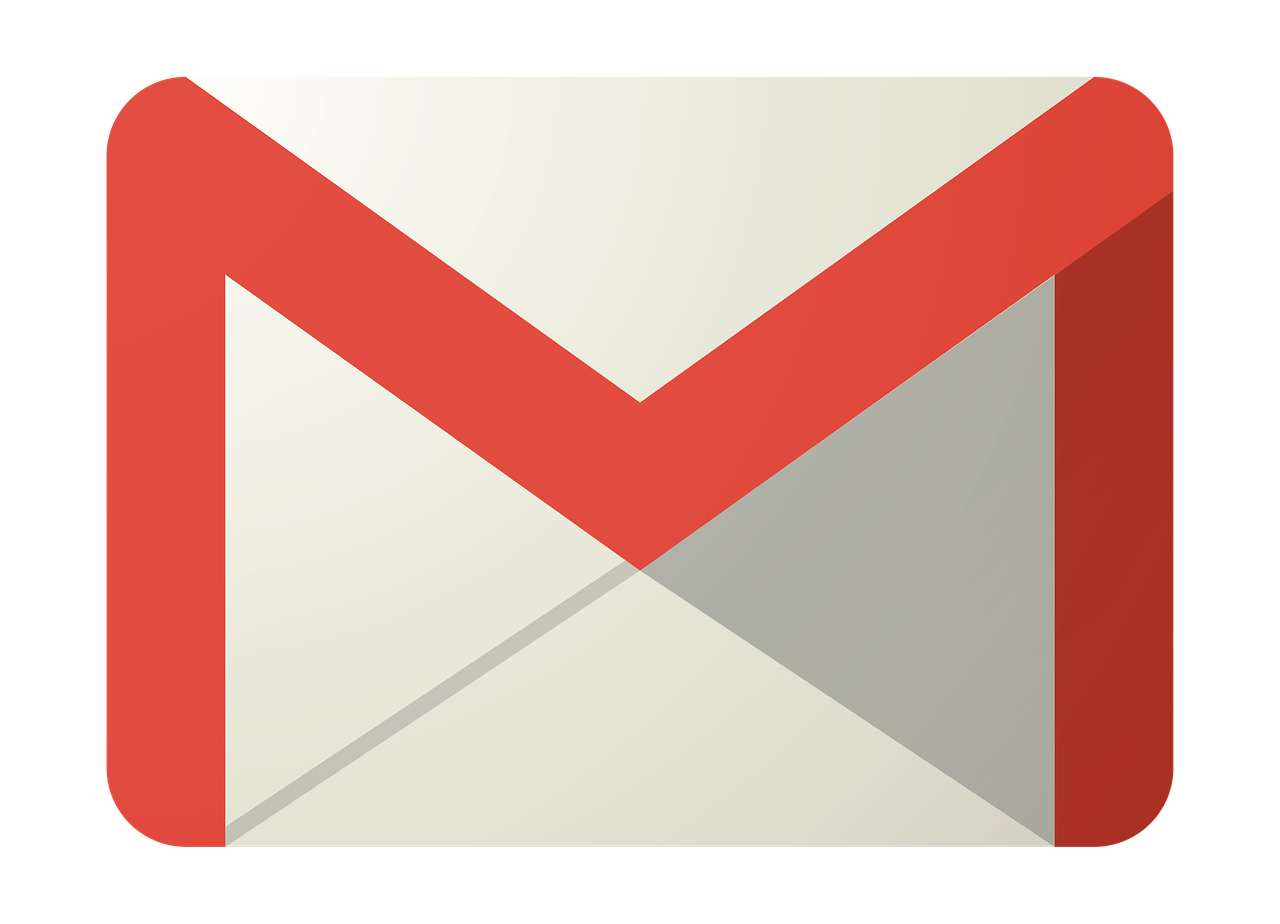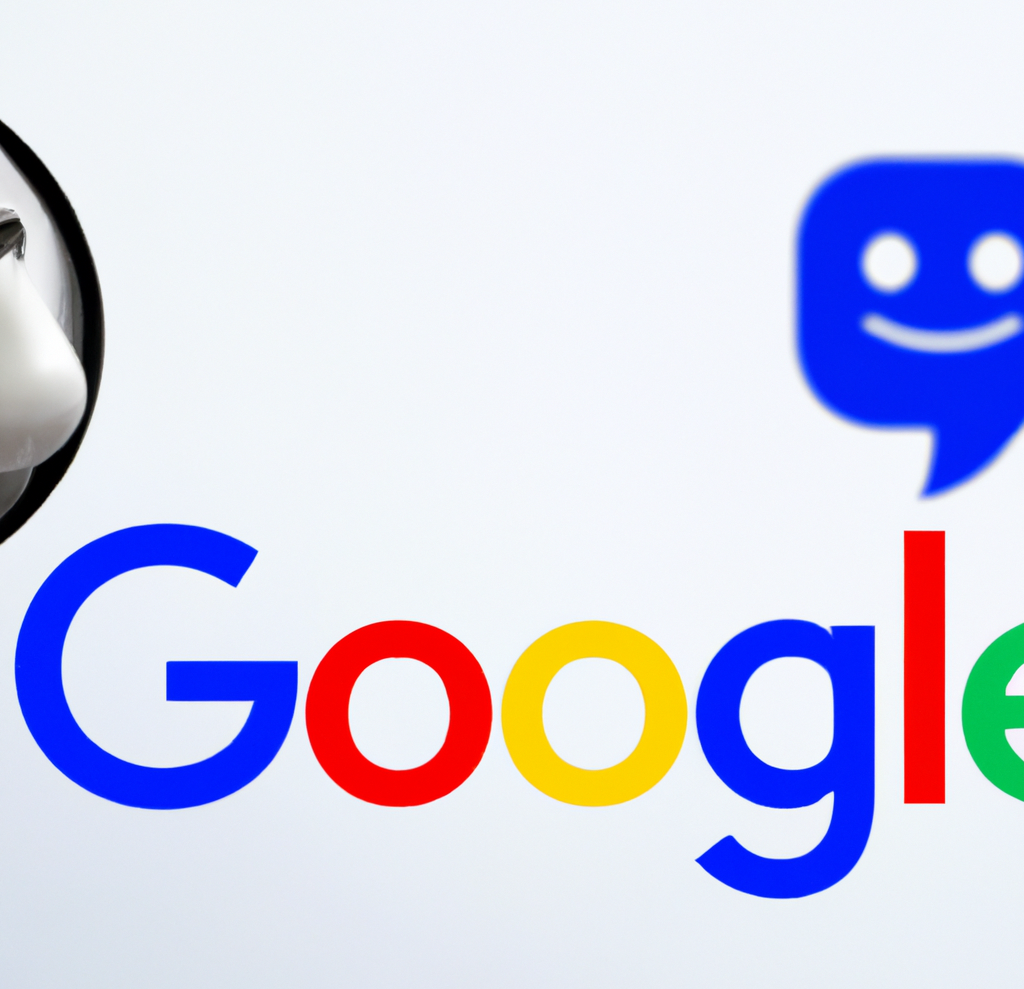Mueller Touches on Google Sandbox and Honeymoon Ranking Effects

Google’s John Mueller answered why new content sometimes pops into the search results ranking high then drops off. John explained what Google does with new content and how that explains the Sandbox and Honeymoon phenomenon that the SEO community has been talking about for decades.
The Google Sandbox
In the early 2000s some publishers noticed that new content sometimes took months or even longer before it started ranking. It seemed as if new content was not being trusted and not allowed to rank.
John Mueller on Why New Pages Rank then Taper Off

Matt Cutts asked for some URLs, investigated and reported back to the webmaster community that Google was not preventing the content from ranking but that an algorithm was working as it was supposed to work.
Some felt that explanation was cryptic. I never understood how the answer could be seen as contradictory or cryptic.
To put some context into the beginning of the Google Sandbox theory, it was created during the time when publishers would promote new sites with directory links and reciprocal linking campaigns.
That was the standard procedure and in hindsight it’s painfully obvious that it stunk. But back then everyone was doing it and then as now, people tend to believe that if everybody is doing it then it must be okay.
So obviously (to them), if they are doing everything “right” it must be Google unfairly blocking new websites from ranking.
The Google Honeymoon Effect
The Google Honeymoon theory is that Google will rank new content at the top of the search results in order to test it to see if users like it.
If the click through rate and bounce-back rates indicate that users don’t like the new content then Google will taper off the traffic.
This question is specific to the Google Honeymoon theory.
The person asking the question makes a reference to user behavior, which seems to be a reference to the idea that Google is testing how users respond and de-ranking the page if users don’t like it enough.
Why Does Ranking and Traffic Taper Off to New Pages?
The person asking the question is asking about new web pages. Although the person doesn’t make reference to the Google Honeymoon theory, the nature of the question implies that this is what they are asking about, and Mueller makes an explicit reference to it later on.
The question asked:
“We see a spike in traffic shortly after introducing new types of pages followed by tapering off.
Though we don’t expect our users to behave any differently based on how long the content has been live, our content isn’t very time based nor at all newsy.
Do you have any thoughts on why we might see this sort of release spike?”
Google Has Systems that Make Assumptions About Content
John Mueller’s answer seems to confirm that there is a Honeymoon Period with new content. But keep reading because the answer reveals more nuance than that.
Mueller states that part of the judgment has to do with what the rest of the site is like.
John Mueller answered:
“I think probably what is happening in this particular case is that we’re seeing new content for a website and especially when it comes to new content on a website or new websites overall… there’s kind of this period where we recognize the new content, we can crawl and index the new content but we don’t have a lot of signals for that new content yet.
And then we have to make assumptions. And our systems try to make assumptions where they think this is probably in line with the rest of the website.
But sometimes those assumptions are on the high side where we say oh this is fantastic content, probably…
And sometimes the assumptions are more on the lower side where we’re a little bit more conservative and like, uh we have to be careful with showing this new content.
And that’s something where you’ll see that sometimes new content performs particularly well for a period of time and then it settles down again.
Sometimes it performs kind of badly initially and then settles down in a higher state.
This is something which is essentially just our systems kind of trying to figure out where this new content should fit in before we have a lot of signals about the content.”
Mueller Comments Directly on the Sandbox and Honeymoon Theories
This is where Mueller refutes the existence of a Google Sandbox and a Google Honeymoon for new pages and explains what is going on.
“In the SEO world this is sometimes called kind of like a sandbox where Google is like keeping things back to prevent new pages from showing up, which is not the case.
Or some people call it like the honeymoon period where new content comes out and Google really loves it and tries to promote it.
And it’s again not the case that we’re explicitly trying to promote new content or demote new content.
It’s just, we don’t know and we have to make assumptions.
And then sometimes those assumptions are right and nothing really changes over time.
Sometimes things settle down a little bit lower, sometimes a little bit higher.”
What You See Isn’t Always What is There
Sometimes humans unwittingly invent an explanation for what they see, which might be something completely random with no explanation or might have a cause that is not perceived.
It’s like the six blind men who touch a different part of an elephant and explain what it is from just the one part they can perceive.
According to Psychology Today, humans are biased to see themselves as doing a good job and sometimes unable to see the faults that are leading to a negative outcome.
“People make attributions that are biased in a self-serving direction. In general, we take credit when we think we performed well than when we think we performed poorly.”
And that’s very much like the origin of the Sandbox theory where the common practices for site promotion were of a very low quality but most publishers did not perceive it that way.
It’s good to have someone like John Mueller who is on the inside of Google explain why we see this and why that happens. It helps expose how ideas like the Google Sandbox and the Google Honeymoon do nothing to explain what is really going on.
Citation
Watch John Mueller talk about honeymoon and sandbox period for new content, located at 23:05 minute mark
AI
Exploring the Evolution of Language Translation: A Comparative Analysis of AI Chatbots and Google Translate

According to an article on PCMag, while Google Translate makes translating sentences into over 100 languages easy, regular users acknowledge that there’s still room for improvement.
In theory, large language models (LLMs) such as ChatGPT are expected to bring about a new era in language translation. These models consume vast amounts of text-based training data and real-time feedback from users worldwide, enabling them to quickly learn to generate coherent, human-like sentences in a wide range of languages.
However, despite the anticipation that ChatGPT would revolutionize translation, previous experiences have shown that such expectations are often inaccurate, posing challenges for translation accuracy. To put these claims to the test, PCMag conducted a blind test, asking fluent speakers of eight non-English languages to evaluate the translation results from various AI services.
The test compared ChatGPT (both the free and paid versions) to Google Translate, as well as to other competing chatbots such as Microsoft Copilot and Google Gemini. The evaluation involved comparing the translation quality for two test paragraphs across different languages, including Polish, French, Korean, Spanish, Arabic, Tagalog, and Amharic.
In the first test conducted in June 2023, participants consistently favored AI chatbots over Google Translate. ChatGPT, Google Bard (now Gemini), and Microsoft Bing outperformed Google Translate, with ChatGPT receiving the highest praise. ChatGPT demonstrated superior performance in converting colloquialisms, while Google Translate often provided literal translations that lacked cultural nuance.
For instance, ChatGPT accurately translated colloquial expressions like “blow off steam,” whereas Google Translate produced more literal translations that failed to resonate across cultures. Participants appreciated ChatGPT’s ability to maintain consistent levels of formality and its consideration of gender options in translations.
The success of AI chatbots like ChatGPT can be attributed to reinforcement learning with human feedback (RLHF), which allows these models to learn from human preferences and produce culturally appropriate translations, particularly for non-native speakers. However, it’s essential to note that while AI chatbots outperformed Google Translate, they still had limitations and occasional inaccuracies.
In a subsequent test, PCMag evaluated different versions of ChatGPT, including the free and paid versions, as well as language-specific AI agents from OpenAI’s GPTStore. The paid version of ChatGPT, known as ChatGPT Plus, consistently delivered the best translations across various languages. However, Google Translate also showed improvement, performing surprisingly well compared to previous tests.
Overall, while ChatGPT Plus emerged as the preferred choice for translation, Google Translate demonstrated notable improvement, challenging the notion that AI chatbots are always superior to traditional translation tools.
Source: https://www.pcmag.com/articles/google-translate-vs-chatgpt-which-is-the-best-language-translator
Google Implements Stricter Guidelines for Mass Email Senders to Gmail Users

Beginning in April, Gmail senders bombarding users with unwanted mass emails will encounter a surge in message rejections unless they comply with the freshly minted Gmail email sender protocols, Google cautions.
Fresh Guidelines for Dispatching Mass Emails to Gmail Inboxes In an elucidative piece featured on Forbes, it was highlighted that novel regulations are being ushered in to shield Gmail users from the deluge of unsolicited mass emails. Initially, there were reports surfacing about certain marketers receiving error notifications pertaining to messages dispatched to Gmail accounts. Nonetheless, a Google representative clarified that these specific errors, denoted as 550-5.7.56, weren’t novel but rather stemmed from existing authentication prerequisites.
Moreover, Google has verified that commencing from April, they will initiate “the rejection of a portion of non-compliant email traffic, progressively escalating the rejection rate over time.” Google elaborates that, for instance, if 75% of the traffic adheres to the new email sender authentication criteria, then a portion of the remaining non-conforming 25% will face rejection. The exact proportion remains undisclosed. Google does assert that the implementation of the new regulations will be executed in a “step-by-step fashion.”
This cautious and methodical strategy seems to have already kicked off, with transient errors affecting a “fraction of their non-compliant email traffic” coming into play this month. Additionally, Google stipulates that bulk senders will be granted until June 1 to integrate “one-click unsubscribe” in all commercial or promotional correspondence.
Exclusively Personal Gmail Accounts Subject to Rejection These alterations exclusively affect bulk emails dispatched to personal Gmail accounts. Entities sending out mass emails, specifically those transmitting a minimum of 5,000 messages daily to Gmail accounts, will be mandated to authenticate outgoing emails and “refrain from dispatching unsolicited emails.” The 5,000 message threshold is tabulated based on emails transmitted from the same principal domain, irrespective of the employment of subdomains. Once the threshold is met, the domain is categorized as a permanent bulk sender.
These guidelines do not extend to communications directed at Google Workspace accounts, although all senders, including those utilizing Google Workspace, are required to adhere to the updated criteria.
Augmented Security and Enhanced Oversight for Gmail Users A Google spokesperson emphasized that these requisites are being rolled out to “fortify sender-side security and augment user control over inbox contents even further.” For the recipient, this translates to heightened trust in the authenticity of the email sender, thus mitigating the risk of falling prey to phishing attempts, a tactic frequently exploited by malevolent entities capitalizing on authentication vulnerabilities. “If anything,” the spokesperson concludes, “meeting these stipulations should facilitate senders in reaching their intended recipients more efficiently, with reduced risks of spoofing and hijacking by malicious actors.”
Google’s Next-Gen AI Chatbot, Gemini, Faces Delays: What to Expect When It Finally Launches

In an unexpected turn of events, Google has chosen to postpone the much-anticipated debut of its revolutionary generative AI model, Gemini. Initially poised to make waves this week, the unveiling has now been rescheduled for early next year, specifically in January.
Gemini is set to redefine the landscape of conversational AI, representing Google’s most potent endeavor in this domain to date. Positioned as a multimodal AI chatbot, Gemini boasts the capability to process diverse data types. This includes a unique proficiency in comprehending and generating text, images, and various content formats, even going so far as to create an entire website based on a combination of sketches and written descriptions.
Originally, Google had planned an elaborate series of launch events spanning California, New York, and Washington. Regrettably, these events have been canceled due to concerns about Gemini’s responsiveness to non-English prompts. According to anonymous sources cited by The Information, Google’s Chief Executive, Sundar Pichai, personally decided to postpone the launch, acknowledging the importance of global support as a key feature of Gemini’s capabilities.
Gemini is expected to surpass the renowned ChatGPT, powered by OpenAI’s GPT-4 model, and preliminary private tests have shown promising results. Fueled by significantly enhanced computing power, Gemini has outperformed GPT-4, particularly in FLOPS (Floating Point Operations Per Second), owing to its access to a multitude of high-end AI accelerators through the Google Cloud platform.
SemiAnalysis, a research firm affiliated with Substack Inc., expressed in an August blog post that Gemini appears poised to “blow OpenAI’s model out of the water.” The extensive compute power at Google’s disposal has evidently contributed to Gemini’s superior performance.
Google’s Vice President and Manager of Bard and Google Assistant, Sissie Hsiao, offered insights into Gemini’s capabilities, citing examples like generating novel images in response to specific requests, such as illustrating the steps to ice a three-layer cake.
While Google’s current generative AI offering, Bard, has showcased noteworthy accomplishments, it has struggled to achieve the same level of consumer awareness as ChatGPT. Gemini, with its unparalleled capabilities, is expected to be a game-changer, demonstrating impressive multimodal functionalities never seen before.
During the initial announcement at Google’s I/O developer conference in May, the company emphasized Gemini’s multimodal prowess and its developer-friendly nature. An application programming interface (API) is under development, allowing developers to seamlessly integrate Gemini into third-party applications.
As the world awaits the delayed unveiling of Gemini, the stakes are high, with Google aiming to revolutionize the AI landscape and solidify its position as a leader in generative artificial intelligence. The postponed launch only adds to the anticipation surrounding Gemini’s eventual debut in the coming year.
-

 PPC4 days ago
PPC4 days ago19 Best SEO Tools in 2024 (For Every Use Case)
-

 PPC7 days ago
PPC7 days ago4 New Google Ads Performance Max Updates: What You Need to Know
-
SEARCHENGINES6 days ago
Daily Search Forum Recap: April 16, 2024
-

 SEO6 days ago
SEO6 days agoGoogle Clarifies Vacation Rental Structured Data
-

 MARKETING6 days ago
MARKETING6 days agoWill Google Buy HubSpot? | Content Marketing Institute
-

 PPC7 days ago
PPC7 days agoShare Of Voice: Why Is It Important?
-

 PPC6 days ago
PPC6 days agoHow to Collect & Use Customer Data the Right (& Ethical) Way
-

 MARKETING5 days ago
MARKETING5 days agoStreamlining Processes for Increased Efficiency and Results














